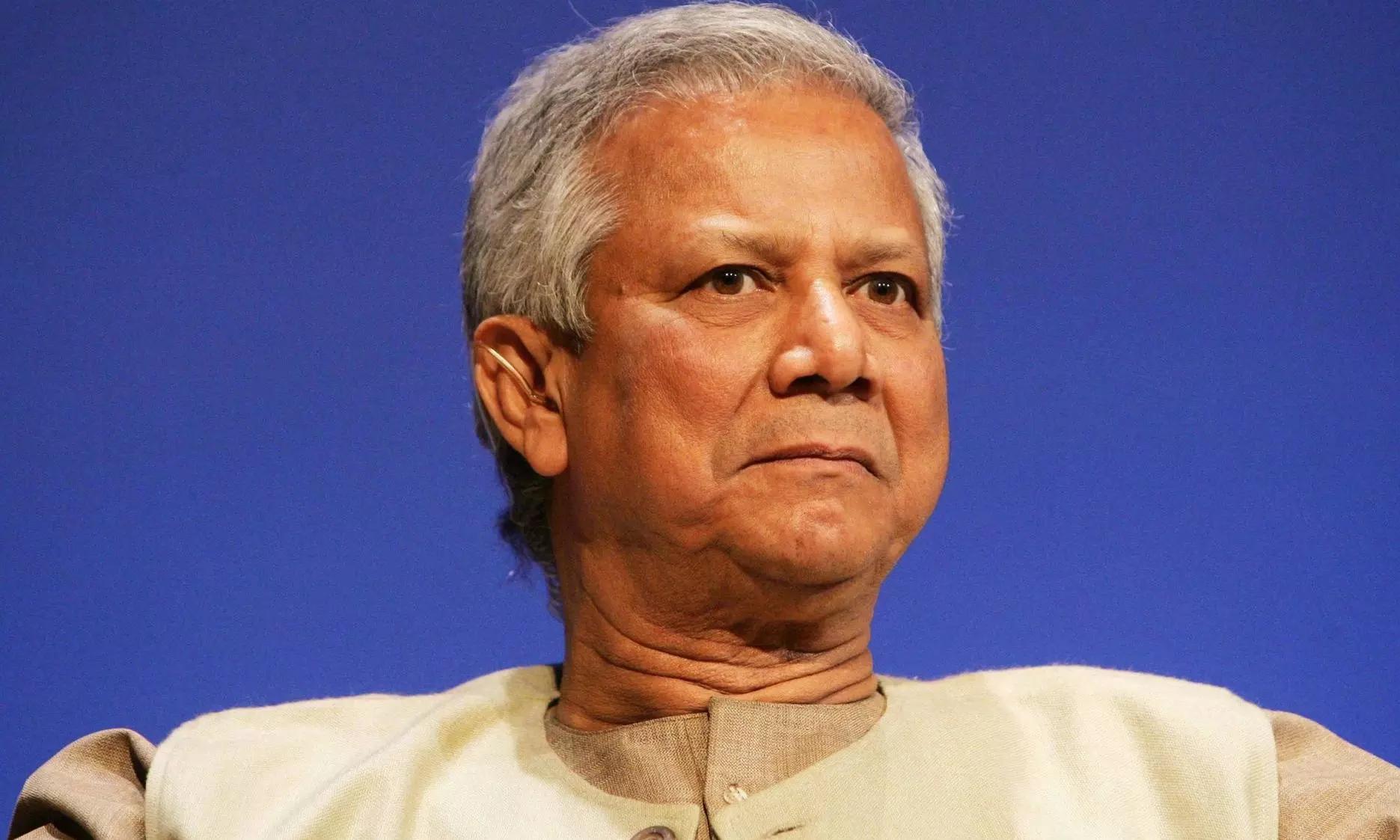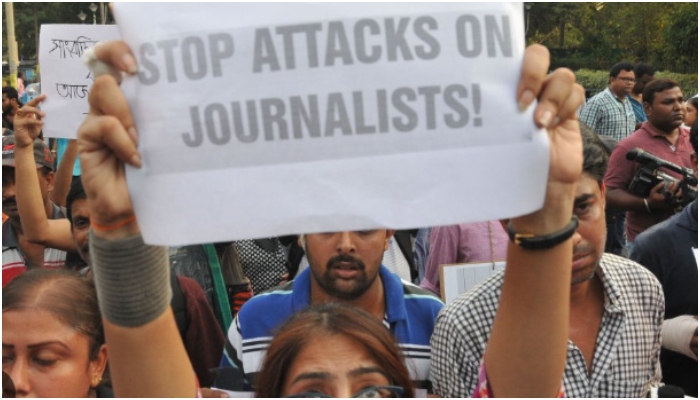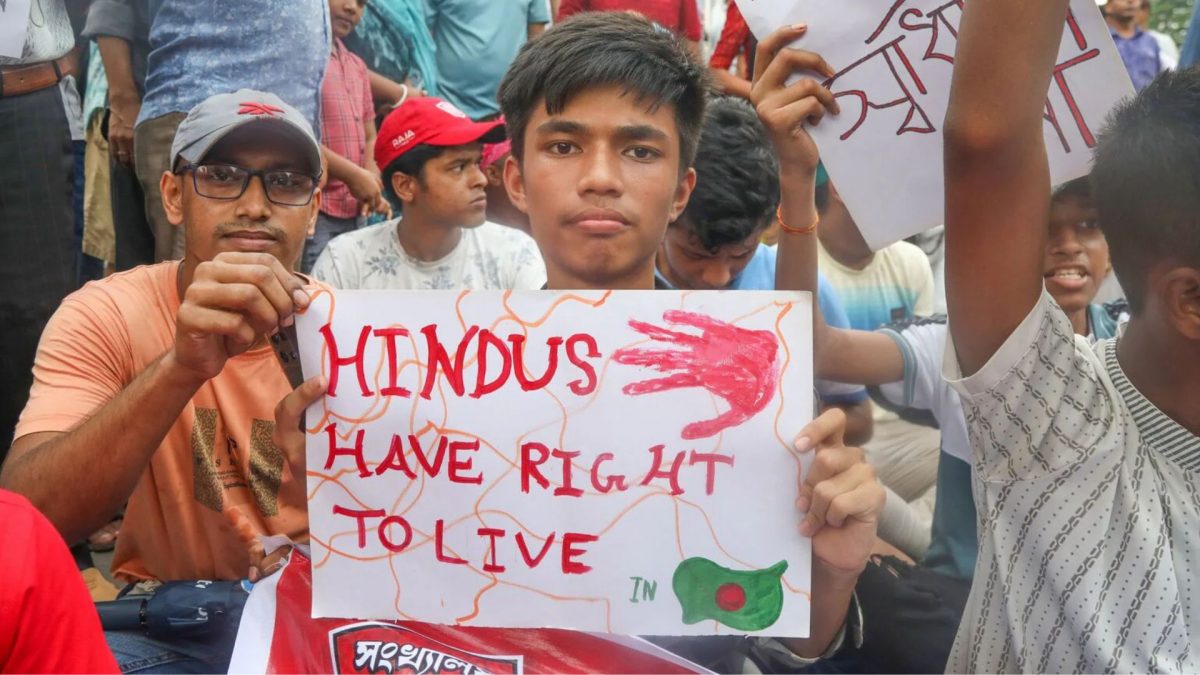
Rohingya: The most unwanted people in the world and monsoon is certainly not helping
India TodayThe world's largest refugee settlement is in Bangladesh, and it is in danger of being washed away. In 2017, the then United Nations High Commissioner for Human Rights Zeid Raád Al Hussein had gone on record to say, “The situation remains, or seems, a textbook example of ethnic cleansing.” He made this statement as hundreds of thousands of Rohingya fled their burning homes and villages after the Myanmar security forces launched a massive crackdown on them. Picture credit: Reuters WHERE IT BEGAN The crackdown had begun after an attack by a Rohingya militant group, Arakan Rohingya Salvation Army or ARSA, on police posts that left 71 people dead.UNHRC High Commissioner Zeid Raád Al Hussein said, “The operation, which is ostensibly in reaction to attacks by militants on the August 25 against 30 police posts is clearly disproportionate and without regard for basic principles of international law.” “We have received multiple reports and satellite imagery of security forces and local militia burning Rohingya villages and consistent accounts of extrajudicial killings, including shooting fleeing civilians. I am further appalled by reports that the Myanmar authorities have now begun to lay landmines along the border with Bangladesh.” READ ALSO | 15 Rohingyas held in Assam's Karimganj for entering India illegally THE FLIGHT FOR LIVE The Rohingya fled not just to Bangladesh but in large numbers also to Malaysia. The principle of non-refoulment stipulates that “refugee status determination is declaratory in nature: a person does not become a refugee because of recognition, but is recognised because he or she is a refugee.” WHEN MALAYASIA CLOSED ITS DOORS Malaysia that had always been the preferred destination for Rohingya fleeing atrocities in Myanmar as it had been the most welcoming country till the 2017 influx hardened their attitude towards the Rohingya.
History of this topic

On India’s international obligations towards Rohingya refugees | Explained
The Hindu
Atishi Writes To Shah Over Rohingyas Row In Delhi, Accuses Centre Of 'Conscious Decision' To Settle Refugees
ABP NewsA nuanced and compassionate understanding of Rohingya’s flight is the need of the hour
The Hindu
About 140 Rohingya Muslims on wooden boat off Indonesia's coast as residents refuse to let them land
The Independent
Bangladesh ramps up border vigilance as thousands of Rohingya flee Myanmar
The HinduRohingya refugees mark the anniversary of their exodus and demand a safe return to Myanmar
The HinduRohingya refugees mark the anniversary of their exodus and demand a safe return to Myanmar
Associated Press
The ‘impossible’ life of Myanmar’s Rohingya refugees
Al Jazeera
Invisible suffering of Rohingya refugees
The Hindu
Violence in Myanmar Forces 45,000 Rohingya to Flee
Deccan Chronicle
Rohingya mark Eid in Indonesia limbo after treacherous sea voyage
Hindustan TimesRohingya who moved to island in Bangladesh are learning job skills, says Japanese charity chief
Associated PressExplained: Why are Rohingya refugees risking their lives at sea
The Hindu
Rohingya refugee women survive on the edge
Deccan ChronicleIndonesia's rescue of Rohingya refugees at sea is a reminder of an ordeal that began in Myanmar
Associated Press
UN seeking more than $850m for Rohingya refugees in Bangladesh
Al Jazeera
Conflict in Myanmar is worrying India and Bangladesh: Hasan Mahmud
The Hindu
Bangladesh Once Again Cries Foul Over Rohingya Issue With India
ABP News
Dozens of Rohingya refugees flee Malaysian immigration detention centre
Al JazeeraOut of options, Rohingya are fleeing Myanmar and Bangladesh by boat despite soaring death toll
Associated Press
Out of options, Rohingya are fleeing Myanmar and Bangladesh by boat despite soaring death toll
The Independent
Rohingya refugees in Indonesia still hope for a better future
Al Jazeera
A fire in a Rohingya refugee camp in Bangladesh guts more than 1,000 shelters
The Hindu
A fire in a Rohingya refugee camp in Bangladesh guts more than 1,000 shelters
Hindustan TimesA fire in a Rohingya refugee camp in Bangladesh guts more than 1,000 shelters
Associated Press
The Rohingya: A Forgotten and Friendless People
The DiplomatMore Rohingya refugees arrive in Indonesia despite rejection from locals
Associated Press
United Nations urges rescue of 185 Rohingya adrift in Indian Ocean
Hindustan Times
Photos: This is life in the world's largest refugee camp, as seen by their own
NPR
Rohingya refugees return to the sea
Hindustan TimesAs more Rohingya arrive by boat, Indonesia asks the international community to share its burden
Associated Press
Rohingya Muslims in Indonesia struggle to find shelter. President says government will help for now
The IndependentRohingya Muslims in Indonesia struggle to find shelter. President says government will help for now
Associated PressOver 300 Rohingya Muslims fleeing Myanmar arrive in Indonesia’s Aceh region after weeks at sea
Associated Press
Indonesia suspects human trafficking is behind the increasing number of Rohingya refugees
The Independent2 boats adrift in the Andaman Sea with 400 Rohingya aboard desperately need rescue, UN says
Associated Press
Aboard 2 ships adrift at sea, 400 Rohingya are ‘looking death in the eye,’ U.N. says
LA Times
More than 100 Rohingya refugees land in Indonesia: officials
The Hindu
Who Cares About the Rohingya?
The Diplomat
About 250 Rohingya refugees in Indonesia sent back to sea
Hindustan TimesMore than 240 Rohingya refugees afloat off Indonesia after they are twice refused by residents
Associated Press
Myanmar seeking to repatriate Rohingya refugees from Bangladesh
Al JazeeraUN refugee chief says Rohingya who fled Myanmar must not be forgotten during other world crises
Associated Press
Myanmar arrests nearly 150 fleeing Rohingya
The Hindu
At least 17 dead as boat carrying Rohingya refugees sinks in Bay of Bengal
Al JazeeraA new wave of violence rocks Rohingya camps
The Hindu
Rohingya in Bangladesh protest to be sent home after UN aid cut
Al Jazeera
UN agencies face funding challenges in feeding Rohingya refugees in Bangladesh, official says
Associated Press
Kaamil Ahmed, author, I Feel No Peace – “The future for Rohingya children seems bleak”
Hindustan Times
Myanmar says official death toll from Cyclone Mocha at least 145, says aid is being provided
Associated PressDiscover Related







)
















)






)



)



)


